Are you ever truly "Home Alone"? As far as insects and creepy-crawlies are concerned, a recent scientific study and subsequent book say, "Never".
Both the study and the book present evidence that the average home has roughly 100 species of arthropods living within its walls.
 We’re not talking outright infestations, but rather a melting pot of critter culprits such as ants, spiders, carpet beetles, book lice, pantry pests, cockroaches, ticks, termites, silverfish, fruit flies, fleas and stink bugs.
We’re not talking outright infestations, but rather a melting pot of critter culprits such as ants, spiders, carpet beetles, book lice, pantry pests, cockroaches, ticks, termites, silverfish, fruit flies, fleas and stink bugs.
Do you keep a tidy house, or is your place more prone to clutter? The research says it doesn’t matter. No matter how clean the house, how many pets live there, or how many houseplants share the space, the diversity of bug cohabitants is the same.
As the researchers put it, “resident behavior such as house tidiness, pesticide usage, and pet ownership showed no significant influence on arthropod community composition”.
In fact, sometimes efforts to fight back have unintended consequences. According to "Never Home Alone" author Rob Dunn, obsessively sterilizing our homes can unwittingly cultivate entirely new, deadly bacteria. And an overreliance on pesticides can backfire by killing beneficial bugs and making certain pest insects like houseflies and cockroaches even more hardy and pesticide-resistant.
What does make a practical difference in the population of bugs in your home, not surprisingly, is a room’s flooring material and proximity to outside doors or windows. The most welcoming indoor environment for bugs is a ground-floor carpeted living room, with windows and doors providing easy access and carpet fibers providing the perfect habitat. (Are you reaching for the vacuum yet?)
Rooms higher up in a multi-level house tend to have a less “diverse” population of creepy-crawly roommates.
Dunn and the other researchers concluded that bugs cohabiting with humans is “an inevitable part of life on Earth and more reflective of the conditions outside homes than the decisions made inside”.
Now, you need not surrender completely to insect invaders. Whether outdoors or indoors, RESCUE! has both bases and a variety of species covered, with least-toxic options such as Spider Traps, Pantry & Birdseed Moth Traps, sticky Fly Traps, Fruit Fly Traps and Ant Baits.


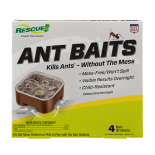 Ant Baits
Ant Baits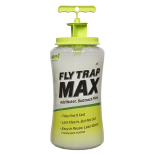 Fly Trap Max
Fly Trap Max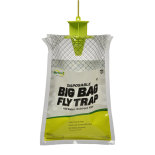 Fly Trap, Big Bag
Fly Trap, Big Bag 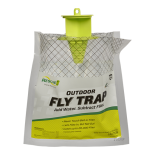 Fly Trap, Disposable
Fly Trap, Disposable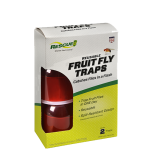 Fly Trap, Fruit Fly
Fly Trap, Fruit Fly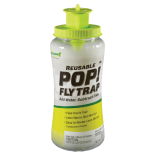 Fly Trap, POP! Fly
Fly Trap, POP! Fly 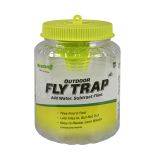 Fly Trap, Reusable
Fly Trap, Reusable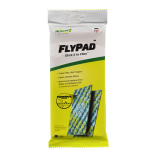 FlyPad
FlyPad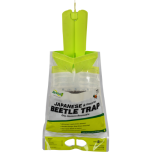 Japanese & Oriental Beetle Trap
Japanese & Oriental Beetle Trap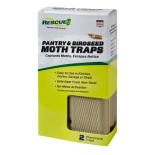 Pantry & Birdseed Moth Trap
Pantry & Birdseed Moth Trap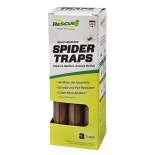 Spider Trap
Spider Trap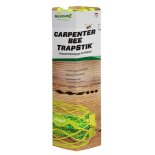 TrapStik, Carpenter Bee
TrapStik, Carpenter Bee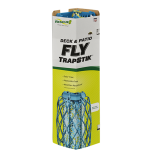 TrapStik, Deck & Patio Fly
TrapStik, Deck & Patio Fly 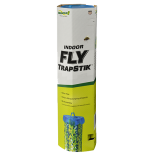 TrapStik, Indoor Fly
TrapStik, Indoor Fly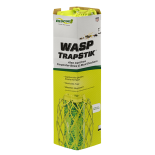 TrapStik, Wasp
TrapStik, Wasp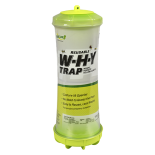 W·H·Y Trap for Wasps, Hornets & Yellowjackets
W·H·Y Trap for Wasps, Hornets & Yellowjackets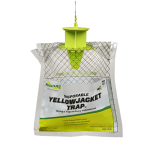 Yellowjacket Trap, Disposable
Yellowjacket Trap, Disposable 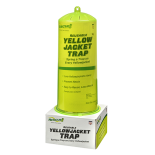 Yellowjacket Trap, Reusable
Yellowjacket Trap, Reusable 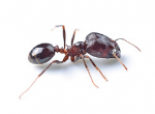 Ants
Ants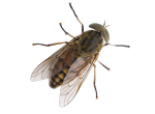 Biting Flies
Biting Flies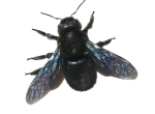 Carpenter Bees
Carpenter Bees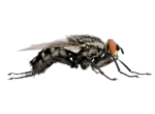 Flies
Flies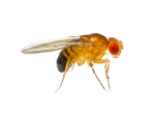 Fruit Flies
Fruit Flies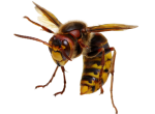 Hornets
Hornets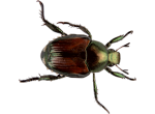 Japanese Beetles
Japanese Beetles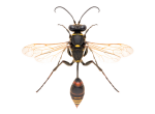 Mud Daubers
Mud Daubers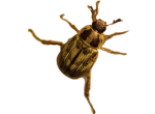 Oriental Beetles
Oriental Beetles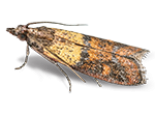 Pantry & Birdseed Moths
Pantry & Birdseed Moths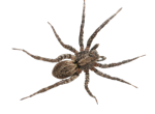 Spiders
Spiders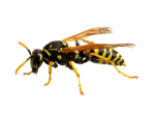 Wasps
Wasps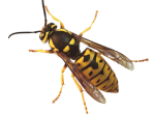 Yellowjackets
Yellowjackets